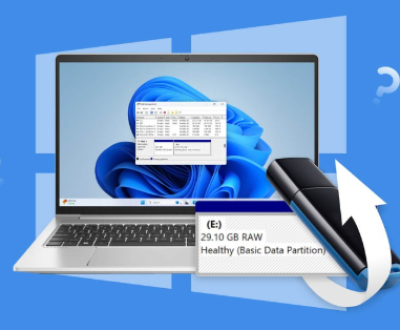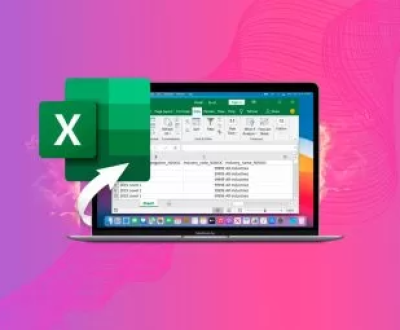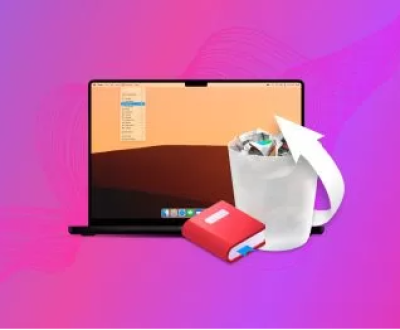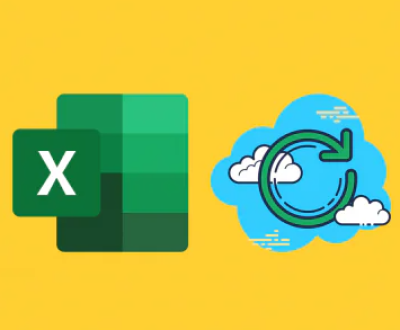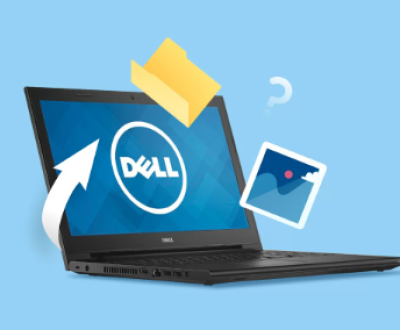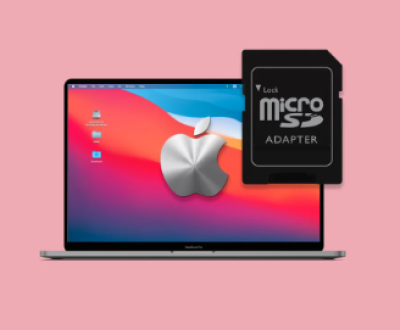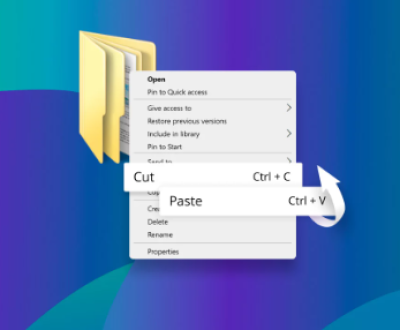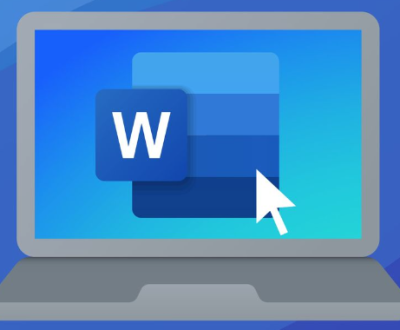Western Digital (WD) external hard drives are popular for their reliability and performance, whether used for backups, additional storage, or transferring data. However, like any electronic device, they can encounter issues over time. If your WD external hard drive is not working, it can be frustrating, especially if you rely on it for important files or media. Whether the drive is not being recognized by your computer, it’s making unusual noises, or it’s physically damaged, troubleshooting the issue requires a systematic approach.
1. Initial Checks: Basic Troubleshooting Steps
Before diving into more complex solutions, it’s essential to start with basic troubleshooting. Sometimes the issue is as simple as a loose cable or an incorrect setting.
A. Check the Power Supply
If your WD external hard drive has its own power supply (especially for larger desktop models), ensure it’s properly plugged into a power source. Try using a different power outlet to rule out an issue with the current outlet.

B. Check the USB Cable and Port
The USB cable or port may be the issue. Try the following:
Use a Different USB Cable: A damaged or faulty cable could be preventing the drive from connecting. Replace it with another USB cable (preferably the original one) to see if the drive is recognized.
Try Different USB Ports: Plug the drive into different USB ports on your computer. Sometimes a specific USB port may malfunction or lack the power required to operate the external drive.
Use a Different Computer: If possible, connect the WD external hard drive to another computer to see if the issue persists. This will help you determine whether the problem lies with the drive or your computer’s USB ports.
C. Restart the Computer
Sometimes, a simple restart can solve recognition problems. Reboot your computer and try reconnecting the external hard drive.
2. Hardware Issues: Identifying Physical Failures
Physical damage to the drive or its components can cause it to stop working. While these problems might require professional help, there are a few things you can try to check and repair before taking your drive to a service center.
A. Listen for Unusual Noises
If your WD external hard drive is making clicking, buzzing, or grinding noises, it may indicate a mechanical failure inside the hard drive. Such sounds typically suggest issues with the drive’s internal components, such as the read/write heads or the spindle motor. Unfortunately, these types of failures often require professional data recovery services.
B. Inspect the Drive for Physical Damage
Examine the external drive for any visible signs of physical damage, such as cracks, dents, or water exposure. If the device shows signs of physical abuse, it may no longer function properly, and attempting to fix it might make things worse.
C. Check for Overheating
If the drive is excessively hot to the touch, it could indicate overheating, which may cause it to stop working. Let the drive cool down before attempting to reconnect it. If overheating is a recurring issue, the internal components might be damaged, and it could require replacement or professional servicing.
3. Software and System Issues
In some cases, the issue may be with your operating system or the drive’s software rather than a physical malfunction.
A. Check Disk Management (Windows) or Disk Utility (Mac)
Your operating system might detect the drive, but it may not be mounted correctly or assigned a drive letter. To check this:
Windows: Press Win + X, select Disk Management, and look for your WD external hard drive. If it appears as “Unallocated” or “Unformatted,” you may need to assign it a drive letter or format it.
Right-click the drive and select Change Drive Letter and Paths.
If it shows as unallocated, you may need to create a new partition and format it.
Mac: Open Disk Utility (Applications > Utilities > Disk Utility). If the drive appears but is grayed out, try selecting it and clicking Mount. If it still doesn’t mount, you may need to repair the drive.
B. Check Device Manager (Windows)
If the drive is not recognized, there might be an issue with the USB drivers:
Right-click the Start button, and select Device Manager.
Expand the Disk Drives and Universal Serial Bus Controllers sections to see if your WD external hard drive appears.
If there’s a yellow triangle or error message, you may need to update or reinstall the USB drivers.
C. Update or Reinstall Drivers
Outdated or corrupt drivers can prevent your drive from working correctly. To update or reinstall drivers:
Windows: Go to Device Manager, right-click on your external hard drive under Disk Drives, and select Update Driver.
Mac: Ensure your macOS is up to date, as it includes all the necessary drivers for external devices.
4. File System Corruption
If your external hard drive was safely ejected but isn’t working, file system corruption may be the cause. This issue can happen due to improper disconnection, sudden power loss, or software crashes.
A. Run CHKDSK (Windows)
Windows has a built-in utility called CHKDSK that can check and repair file system errors.
Open Command Prompt as an administrator.
Type chkdsk X: /f (replace “X” with the letter of your WD external drive).
Press Enter to let CHKDSK scan and fix any errors on the drive.
B. Run First Aid (Mac)
Mac users can use the First Aid feature in Disk Utility to fix minor file system errors.
Open Disk Utility, select the WD external hard drive, and click First Aid.
Allow the process to complete and check if the drive starts working.
5. Data Recovery Options
If the drive is still not working, and you’re concerned about lost data, you might need to recover the files. There are a few steps you can take before resorting to professional data recovery services.
A. Use Data Recovery Software
Panda Assistant is a comprehensive data recovery software designed to help users recover lost, deleted, or corrupted files from a wide range of storage devices, including hard drives, external drives, USB flash drives, SD cards, and more. Whether your data has been lost due to accidental deletion, formatting errors, system crashes, or unexpected power outages, Panda Assistant provides a reliable solution to retrieve your valuable files.
Equipped with advanced scanning technology, Panda Assistant can deeply scan your storage devices to locate and recover a wide variety of file types, including documents, photos, videos, music, and emails. The software uses both quick and deep scan modes, allowing users to choose the level of search depending on the severity of the data loss. Deep scanning is particularly useful for recovering files that have been partially overwritten or are difficult to access through standard recovery methods.
One of Panda Assistant’s standout features is its intuitive and user-friendly interface, which makes it accessible to both beginners and advanced users. It offers a simple, step-by-step recovery process, guiding users through the process of scanning, previewing, and restoring files. The preview feature allows users to view recoverable files before committing to recovery, ensuring that only the needed files are restored.
B. Consult Data Recovery Services
If the drive is physically damaged or your attempts to recover files using software are unsuccessful, you may need to contact a professional data recovery service. These services can recover data from physically damaged hard drives, though they can be expensive.
6. Formatting the Drive
If all else fails, you may need to format the WD external hard drive. Note that formatting will erase all data on the drive, so only proceed with this option if you’ve either recovered the data or are prepared to lose it.
Windows: Right-click the drive in File Explorer, select Format, and choose the desired file system (e.g., NTFS, exFAT).
Mac: Open Disk Utility, select the external hard drive, and click Erase. Choose a file system such as Mac OS Extended (Journaled) or exFAT if you need cross-platform compatibility.
About us and this blog
Panda Assistant is built on the latest data recovery algorithms, ensuring that no file is too damaged, too lost, or too corrupted to be recovered.
Request a free quote
We believe that data recovery shouldn’t be a daunting task. That’s why we’ve designed Panda Assistant to be as easy to use as it is powerful. With a few clicks, you can initiate a scan, preview recoverable files, and restore your data all within a matter of minutes.
Subscribe to our newsletter!
More from our blog
See all postsRecent Posts
- Retrieve files from usb 2025-07-04
- How to retrieve overwritten excel file 2025-07-04
- How to retrieve lost files on sd card 2025-07-04

 Try lt Free
Try lt Free Recovery success rate of up to
Recovery success rate of up to

